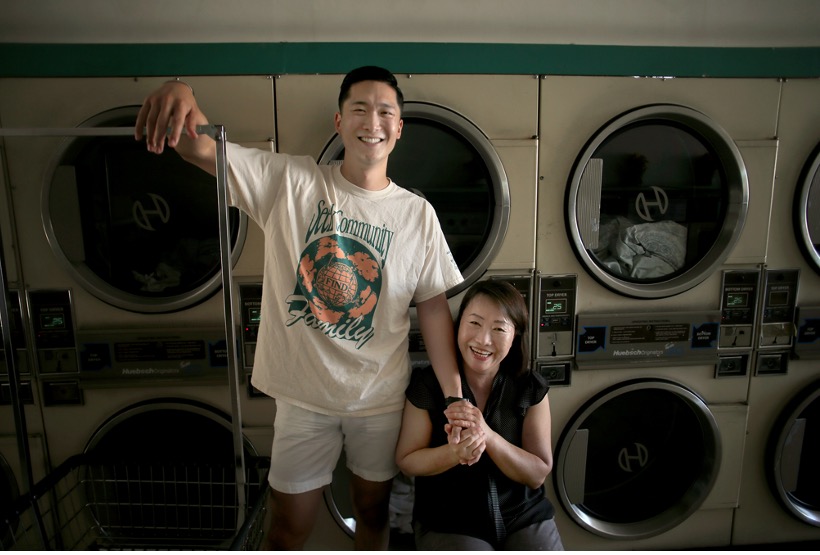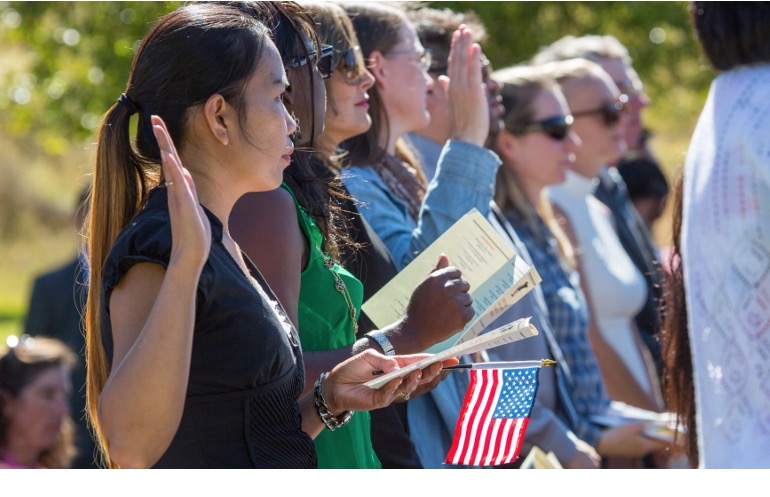CommentsIMMIGRATION WATCH - May is Asian American Heritage Month. It’s a good time to celebrate the many successes and contributions of our diverse immigrant communities.
But for the second generation, the reality is often more complicated.
My parents came to this country from India nearly 60 years ago. Like countless other immigrants, they came seeking freedom, economic opportunity, and the American Dream for themselves and their children.
The American Dream means a lot of different things. But for older Americans, it looks something like having financial security, the ability to retire at 65, and an advanced health care plan.
For my parents, this was a promise America couldn’t keep. Now I’m worried that their American Dream is ending in a nightmare for me, too.

At nearly 80 years old, my immigrant parents are still running the small-town corner store they bought half a century ago, even as they battle the health issues that come with aging. They haven’t accepted that the race is over for them, but I can’t help thinking that it is.
Even after 60 years here, they’re not yet financially secure enough to retire. Nor do they have a plan for what will happen to their business when they’re gone, or an advanced care plan for medical treatment when they can no longer make decisions for themselves.
As a second generation Indian American, I’m left to pick up the shattered pieces of their dream.
As I watch the health of my parents drastically decline, I’m trying to determine how best to support them. As I take on their care — and their debts — I wonder how I’ll ever achieve my own success, provide for my children, and build wealth for my family.
In part, this is a problem of poor planning — and a culture of silence around money and health.
Even among families who build wealth, 70 percent is generally gone by the second generation — and 90 percent by the third. For many immigrant families like mine, parents’ cultural reluctance to talk to their kids about what will happen when they’re gone is part of the reason why.
This places a heavy, often unexpected burden on children, who must make themselves aware, empowered, and ready to communicate early on with their parents about long-term planning. Advanced care plans, wills, advanced directives, and other legal issues need to be ironed out clearly between the first and second generations.
As a community, we need to ensure that the fastest-growing immigrant population in the United States is educated about long-term care and financial planning programs — and prepared for the future. For example, cultural organizations and religious temples could conduct targeted outreach to aging immigrants to make sure they’re aware of their options.
But this is also a policy problem.
Even with Social Security and Medicare, the rising costs of health care, housing, and other expenses can put a secure retirement out of reach for immigrant and native-born Americans alike. In the long term, we need sustainable solutions for more affordable housing and care — and safety net benefits that are more inclusive and easier to access.
Until then, we need to ensure that our elders receive proper advanced care, education, and attention — both for their sake and the sake of those who care for them.
(Monica Grover works on membership, policy, and equity at the National Community Reinvestment Coalition. This op-ed was distributed by OtherWords.org.)















